Created in 2016, the standard 12824 is aimed at supervising royal jelly production and commercialisation on a global scale. It is the result of eight years of work initiated by China. World's leading producer and exporter of royal jelly, China wanted to have an international standard in order to certify authenticity and quality of this valuable beehive product. Which are quality criteria selected by International Organization for Standardization ? Let’s have a look on international standard ISO 12824 key points.
When drafting the standard ISO 12824, one of the main issues was to create an objective and joint definition of royal jelly. Experts agreed on the following definition: « mixture of worker bees’ hypopharyngeal and mandibular glands secretions, without any additives ». On this basis, they decided to distinguish two types of royal jelly:
By defining two types of royal jelly in the the standard ISO 12824, experts mainly wanted to distinguish two qualities. The type 1 royal jelly is a naturality, authenticity and quality guarantee.
The International Organization for Standardization also defined a physicochemical requirements’ list for royal jelly. Indeed, if it is impossible to control worker bees’ food on an ongoing basis, it is possible to verify quality of royal jelly with a physicochemical analysis set.
First of all, sensory analysis has a great importance in the standard ISO 12824. For example, royal jelly must be fluid at room temperature and free of bubbles and foreign substances. Moreover, it must be spicy, have an acid taste and have a pasty or gelatinous appearance.
Then, it is possible to distinguish the two types of royal jelly thanks to several chemical analysis. For instance, bees’ food may be verified with the C13/C12 ratio of isotopes measurement. When this last one is between -19 and -14, the royal jelly has certainly been produced by bees fed with sugar syrups. If uncertainties may appear with this analytical method, these results can easily be confirmed with a sugar content measurement. For an optimal quality, type 1 royal jelly has regulated rates of sucrose (< 3%), erlose (< 0.5%), maltose (< 1.5%) and maltotriose (< 0.5%).
There are several criteria to choose a quality royal jelly. Our ebook on how to choose a quality royal jelly gives you useful insights to help you select the best ingredient!
Source :
CEO & Partner Natural Origins - Head of Innovation
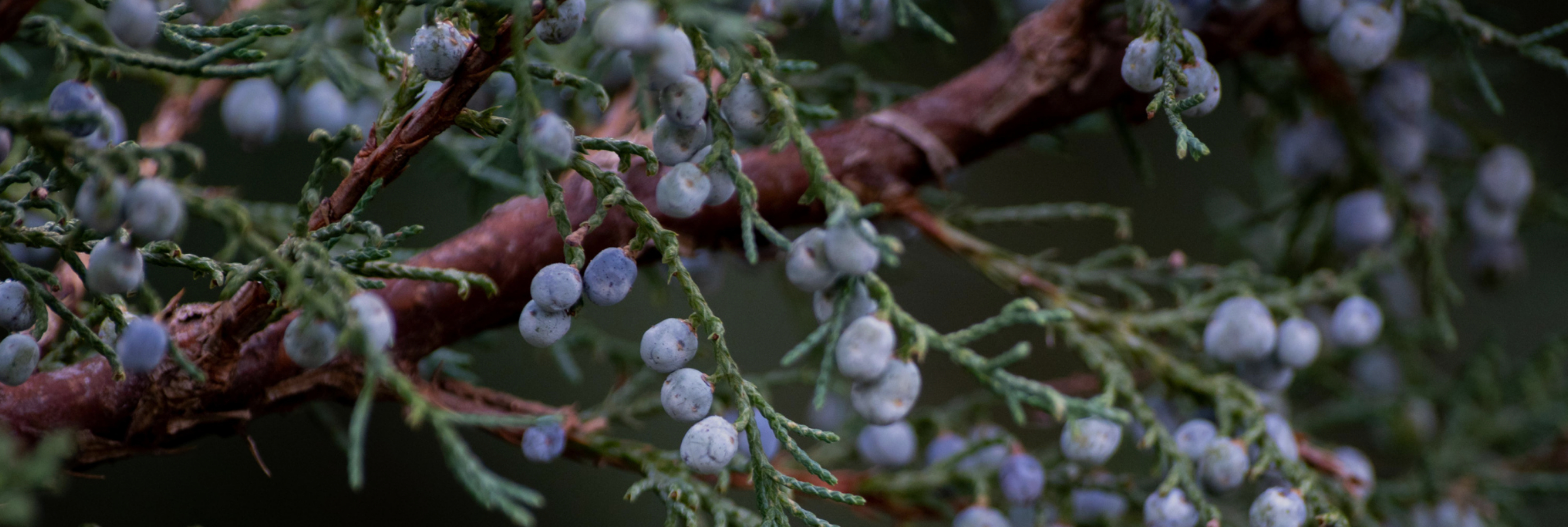
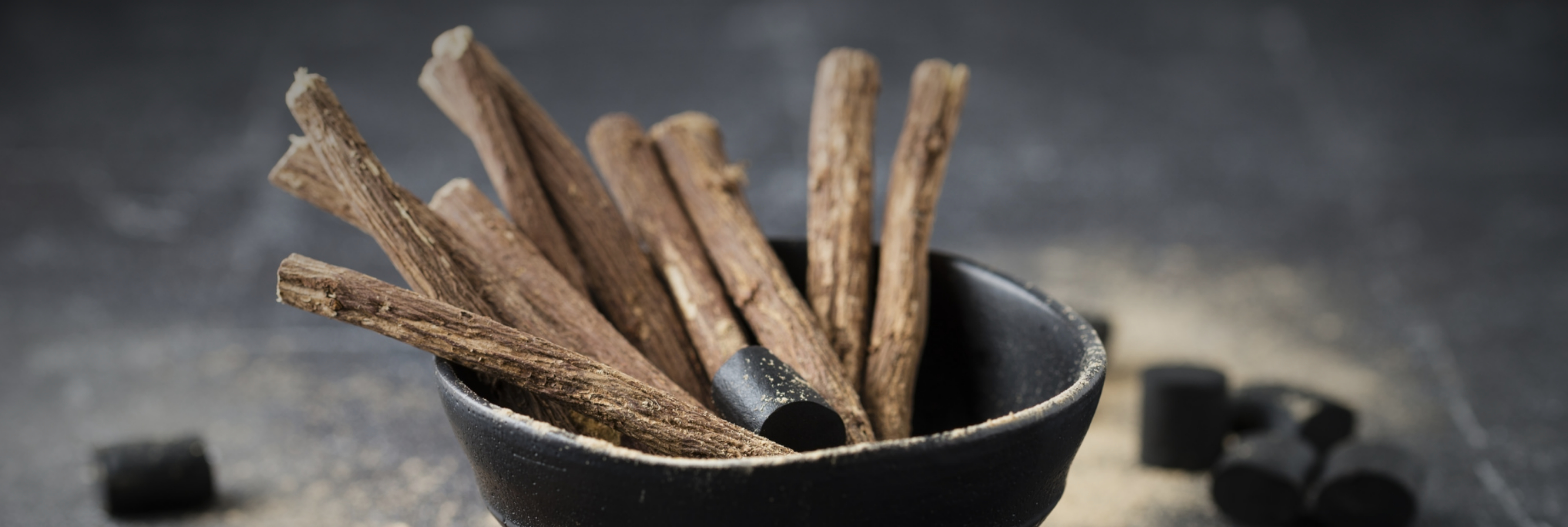
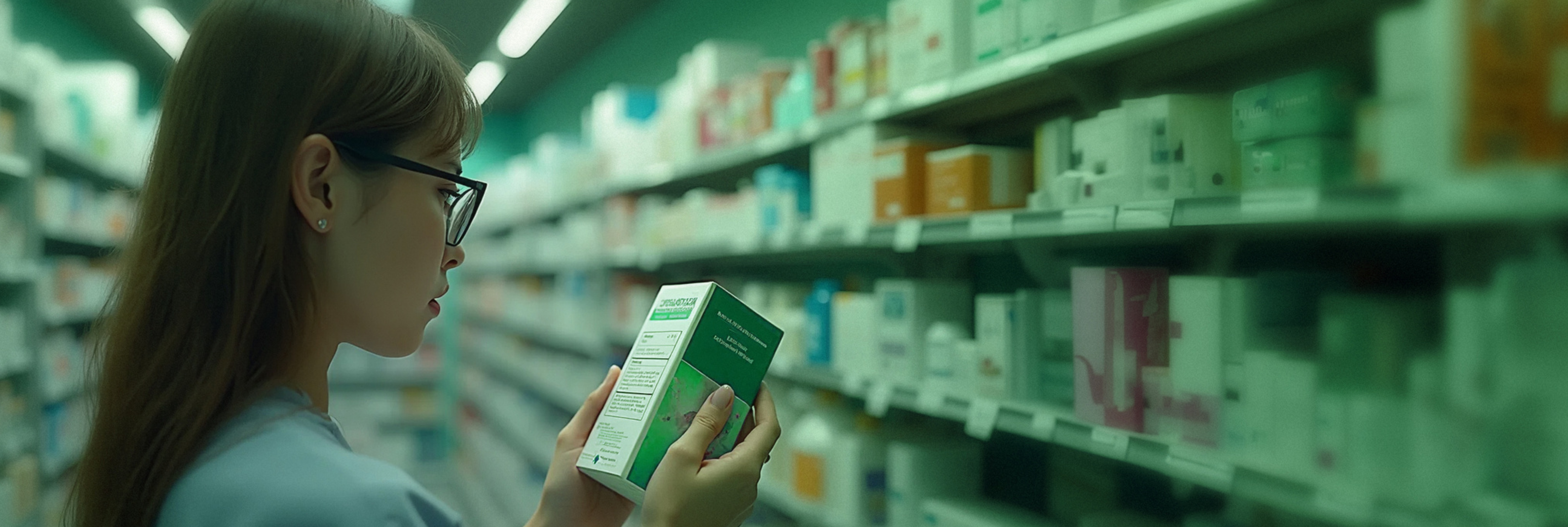
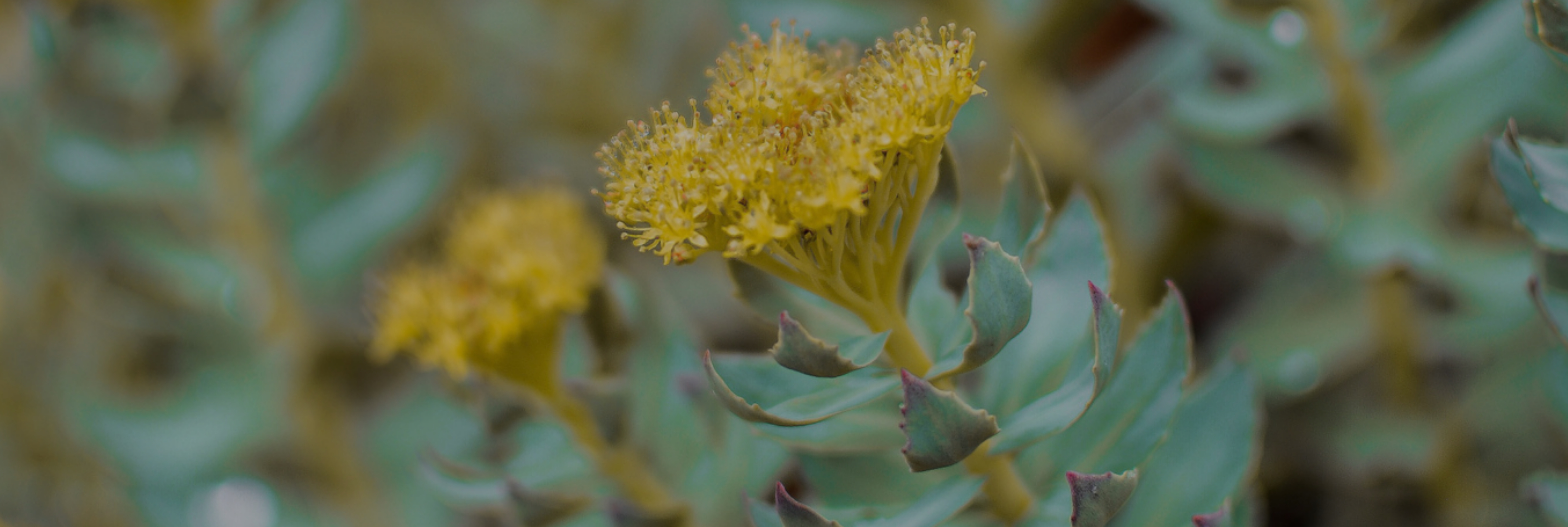
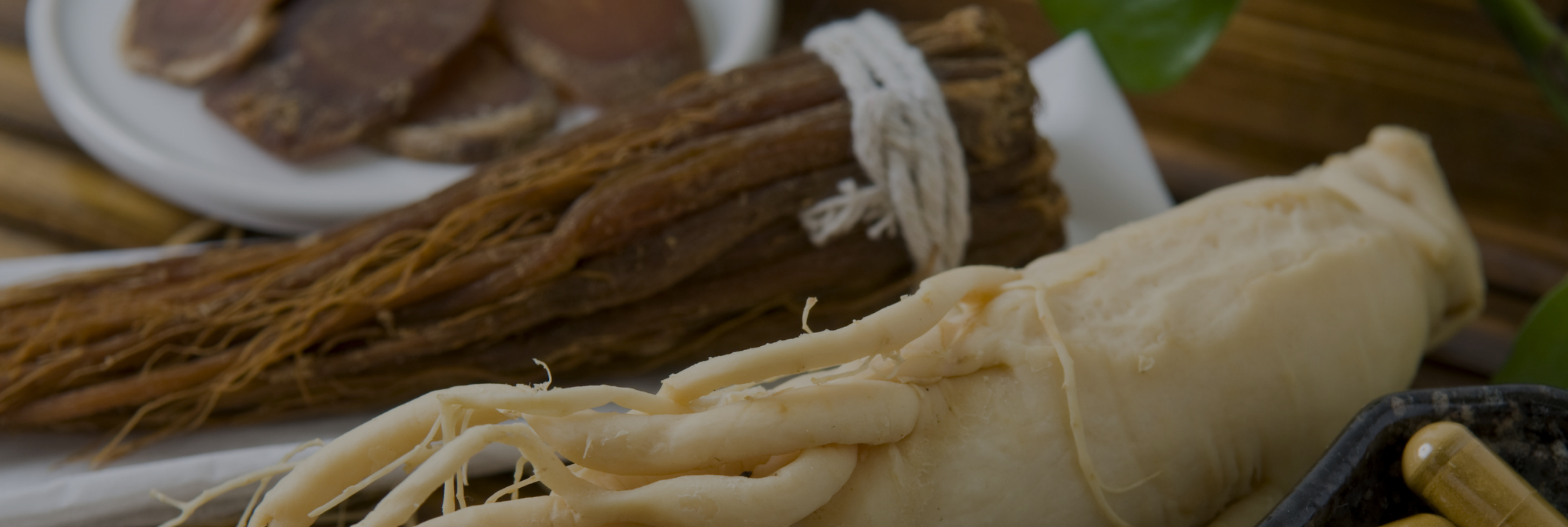
Leave a comment